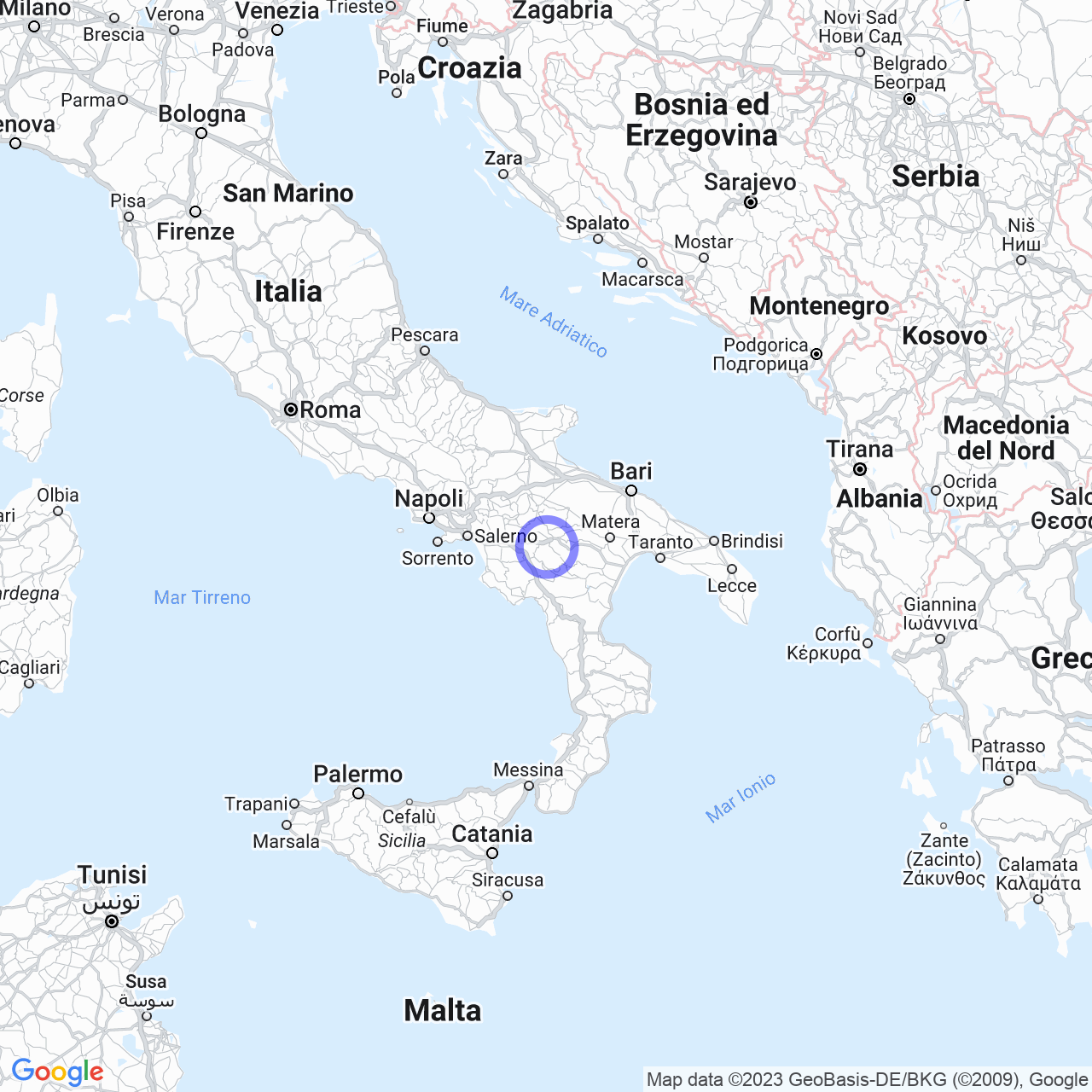Pignola
Hello friends, today I want to talk to you about Pignola, a small town of about 6779 inhabitants in the province of Potenza in Basilicata. Pignola, also known as "the town of portals", is famous for its numerous decorated entrances in the historical center.
Physical geography
Territory
The territory of Pignola borders Anzi, Abriola, and Tito, and is located north of Potenza. Its altitude ranges from 700 meters in Pantano-Petrucco to 927 meters in the town center. The highest point in Pignola's territory is Monte Serranetta, which stands at an altitude of 1476 meters. The area is predominantly forested, with numerous watercourses that feed into the Basento River. The area also has numerous sources of drinking water. Just a few steps from the hamlet of Pantano is the Lake of Pantano di Pignola, located at 770 meters above sea level, and protected by a nature reserve.

Hamlets
The municipality of Pignola consists of thirteen hamlets, including Campo di Giorgio, Molino di Capo, Pantano, Rifreddo, Sciffra, Serra San Marco, and Tora, just to name a few.
Climate
The climate of Pignola is generally cold and humid, with cold winters and hot, dry summers. The town has seen significant snowfall, such as that in 2012, where over a meter of snow was recorded.
Origin of the name
The town of Pignola, which was previously called Vineola or Vignola, owes its name to the Latin "vinea", vineyard. In 1863, the municipality changed its name to Pignola di Basilicata, which may have been inspired by the fact that the area was rich in pine forests.
History
From the origins to the Angevins
There are not many precise testimonies about the foundation of Pignola, but some scholars believe that the town was founded by Emperor Titus Vespasian, who would have sent his troops to found several towns in Lucania, including Tito, Pignola, and Castrum Gloriosum. Others argue that the town was founded by some noble people from Potenza who fled after a revolt of the population.
From the Angevin period to the twentieth century
During the Angevin period, Pignola was involved in many battles between the Kingdom of Naples and the Kingdom of Jerusalem. In the XVI century, the town came under the control of the Carafa di Maddaloni family, and was devastated by an earthquake in 1694. In 1863, Pignola became an independent municipality. In the twentieth century, the town was involved in many important events in Italian history.
Overall, Pignola is a breathtaking place, where natural beauty blends with ancient history. The town offers many opportunities for tourism, such as visiting the historical center with its numerous decorated portals, the Regional Reserve of Pantano di Pignola Lake, and many other attractions.
